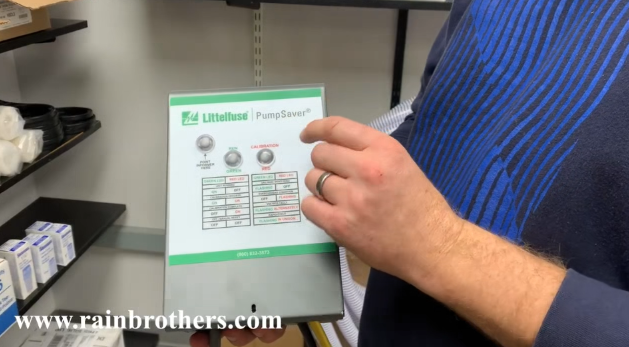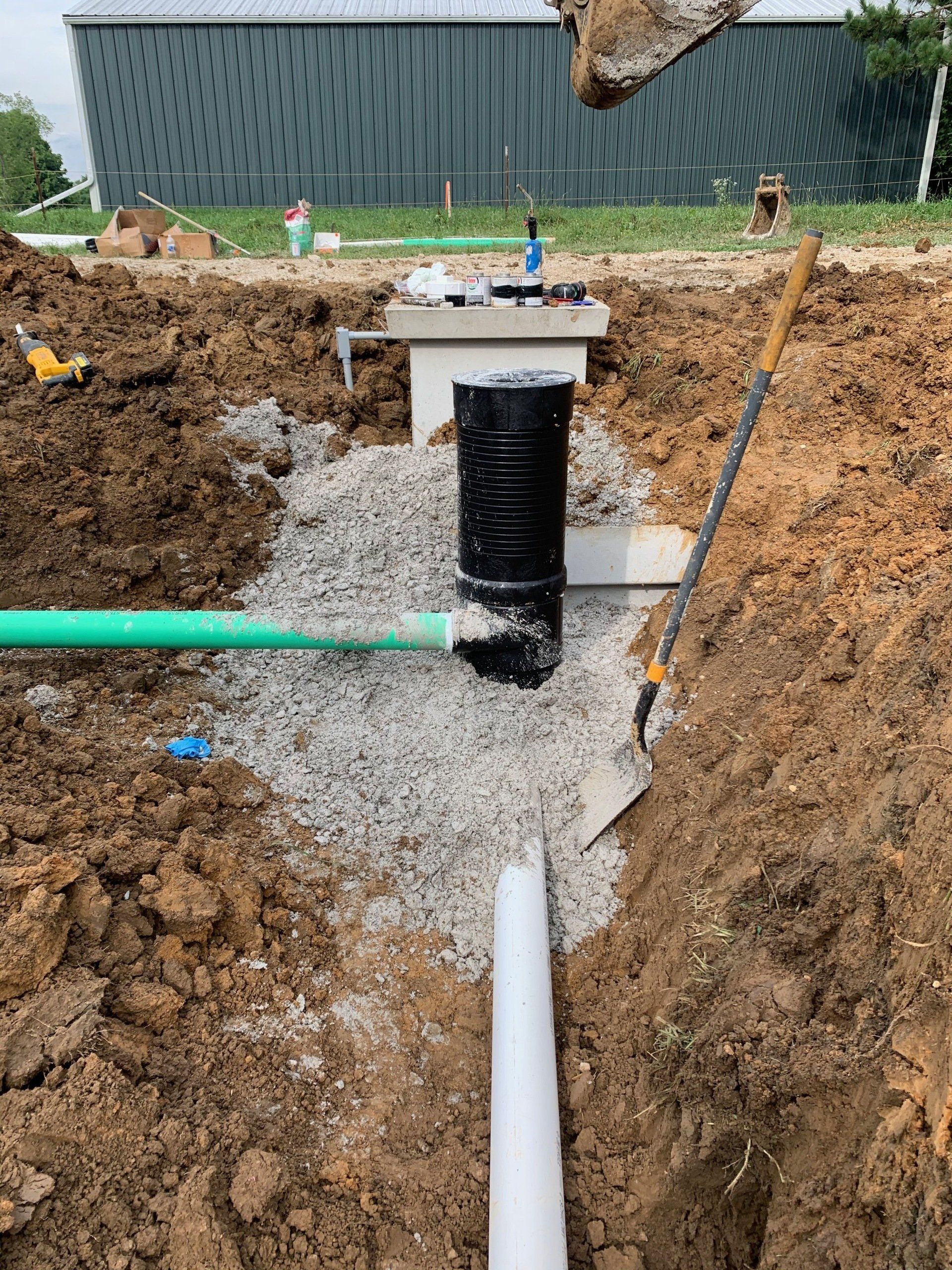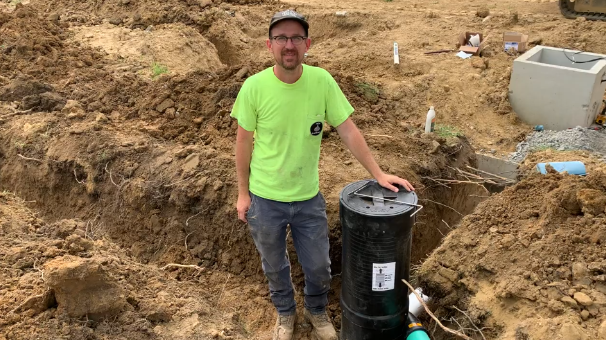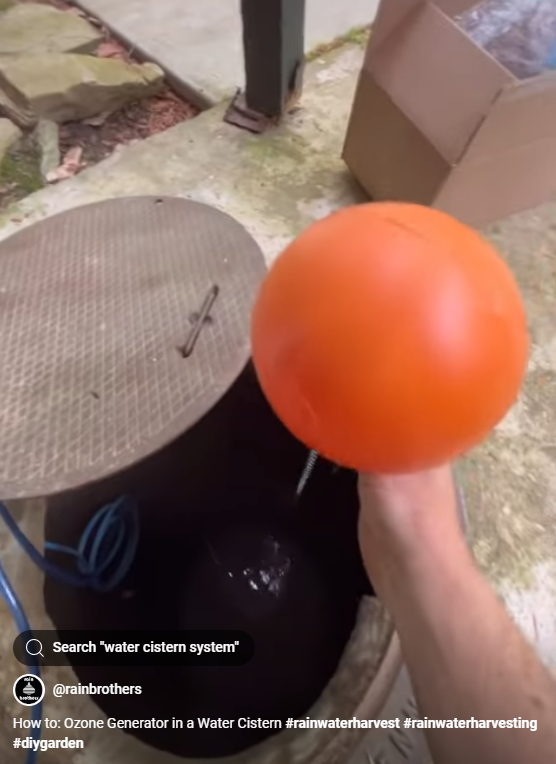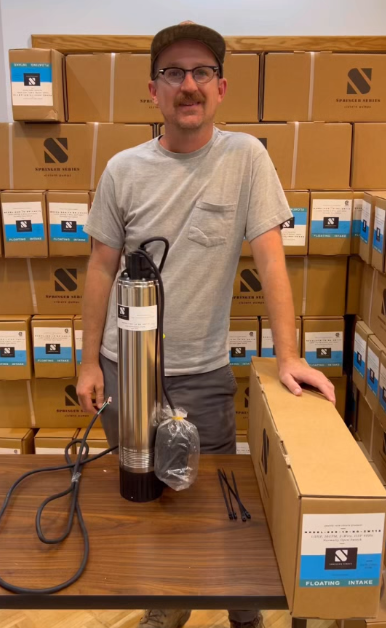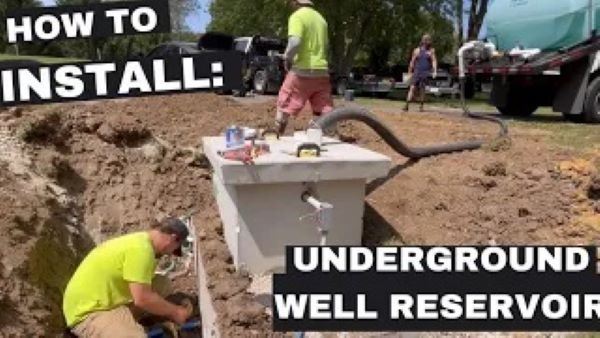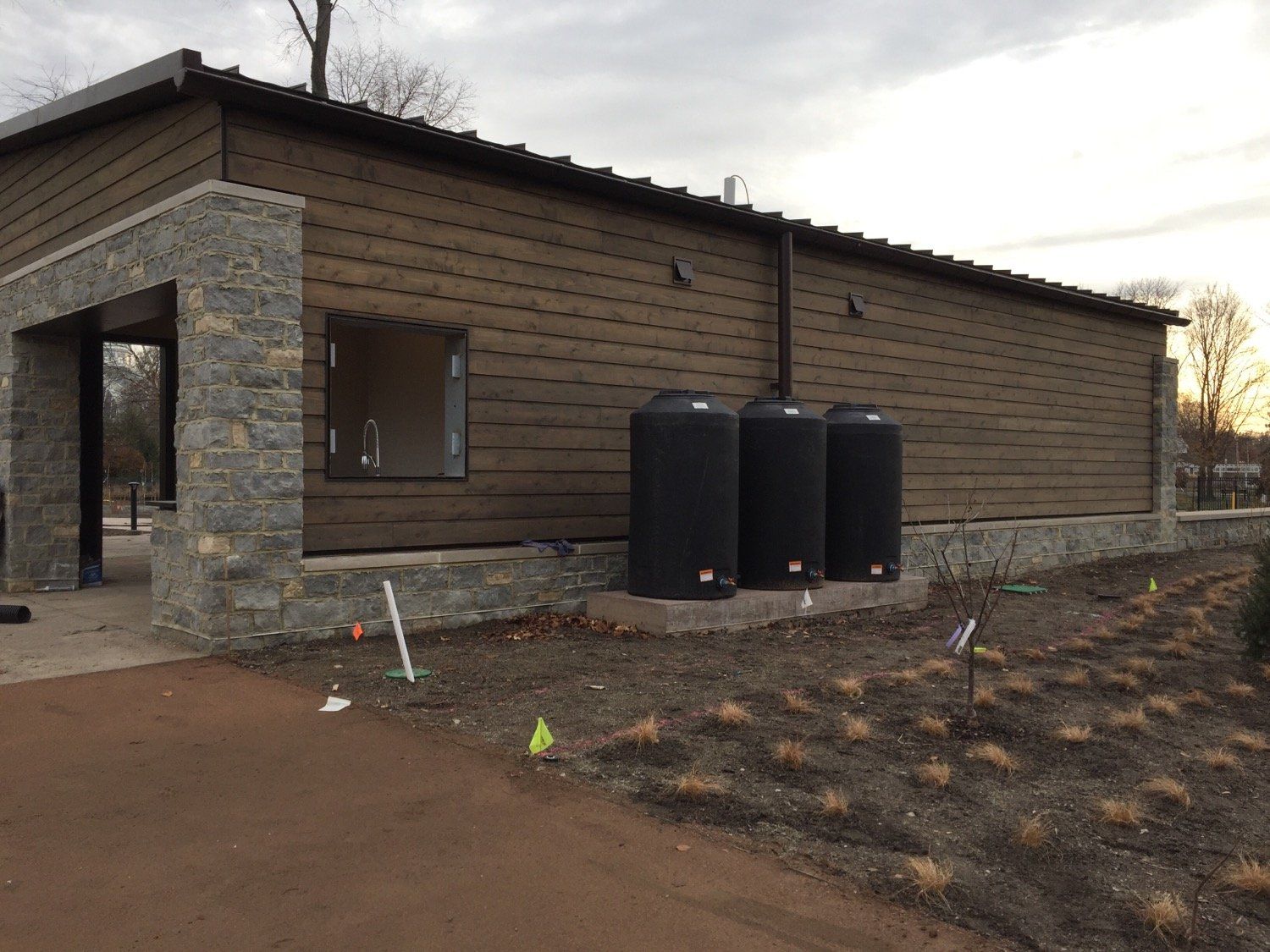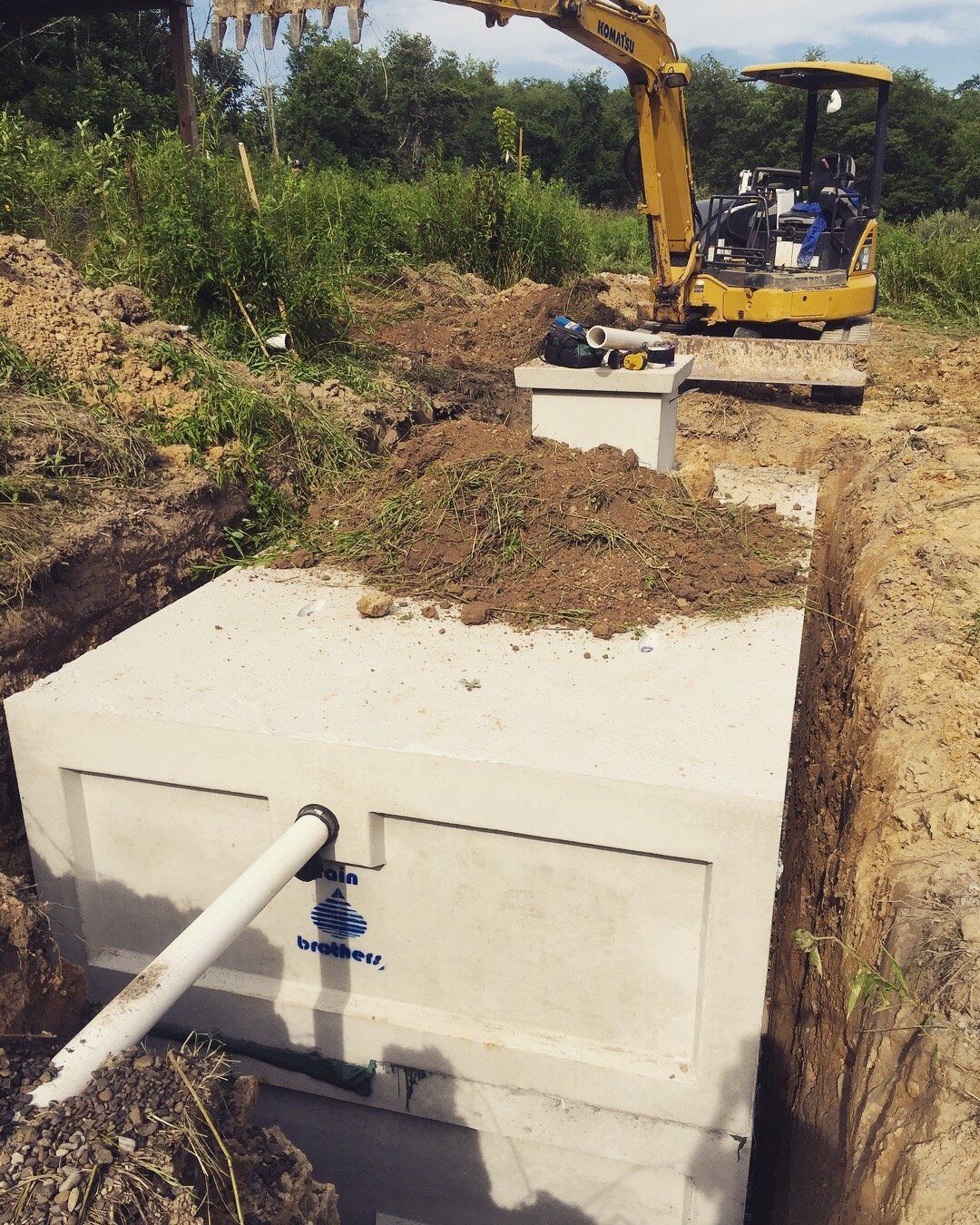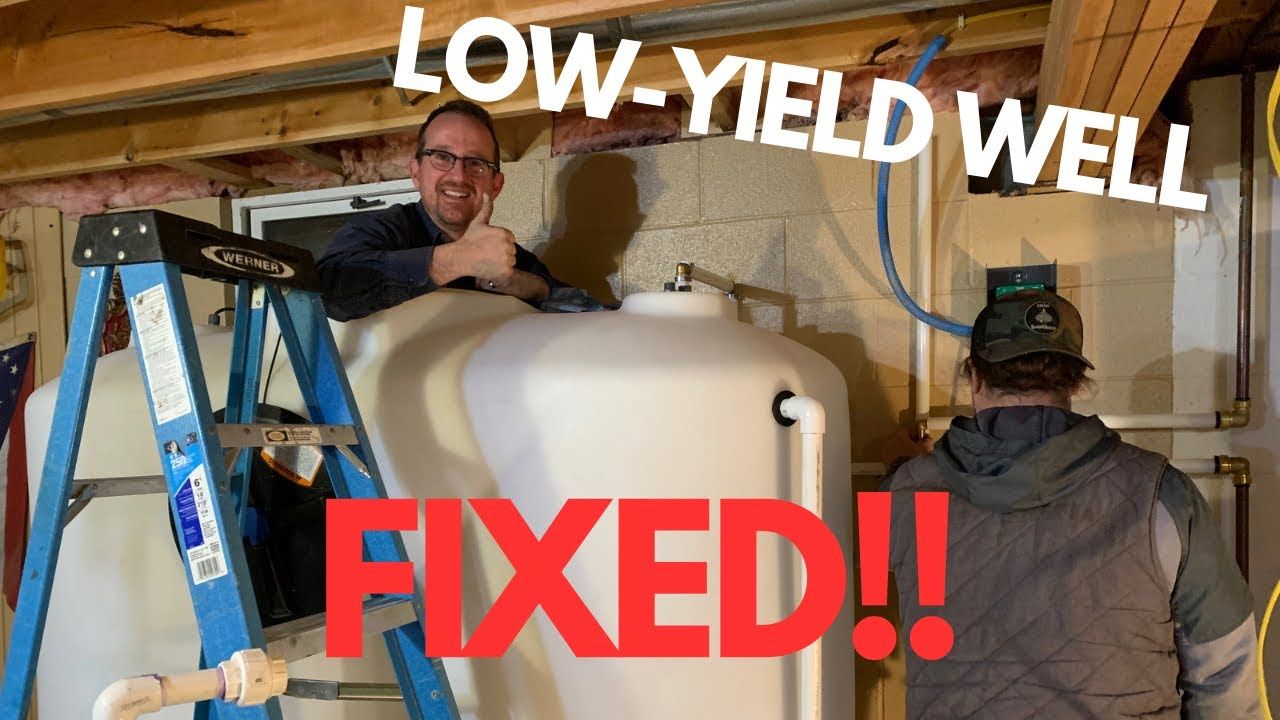How To Install A Littlefuse Pumpsaver On Your Low Yield Well
Protect Your Well Pump with Little Fuse PumpSaver
Having a well pump stop working can be a frustrating and costly issue, especially if your well occasionally runs dry. A highly effective solution to protect your well pump from damage due to low water levels is the Little Fuse PumpSaver. This blog post will guide you through understanding, installing, and utilizing this crucial device.
Introduction: Meet the Little Fuse PumpSaver
The Little Fuse PumpSaver is an essential device for anyone with a low-producing well. It ensures that your pump is protected from burning out, reducing the need for frequent replacements. Designed to handle situations where wells occasionally run dry, the PumpSaver acts as a safeguard, ensuring the longevity of your pump.
Understanding Your Pump Needs
Before purchasing and installing the PumpSaver, it is vital to understand your well pump's specifications. Here’s what you need to note:
Voltage: The PumpSaver is available in two models, 230 volt and 115 volt. Determine which model suits your existing pump setup.
Horsepower: Standard PumpSavers are designed for pumps up to a horse and a half. If your pump has larger requirements, contact the supplier for a suitable model.
Installation Guide: Easy and Straightforward
Wiring Basics: The wiring of the PumpSaver is simple. It features straightforward in-and-out connections similar to a pressure switch.
- Gray Wire: Supply going to the pump.
- Yellow Wire: Supply coming from the panel.
- Connection: Bring line one in and line two in on one side, and then send load out L1 and L2 on the other.
- Advanced Setups: If using a well reservoir system, consider integrating a float switch. Install this by interrupting the hot leg of your pump supply with the float switch.
Starting Up the PumpSaver
Check Water Levels: Ensure there's water in your well, as the PumpSaver requires this to read the pump's load.
Calibration: Upon wiring, initiate the system. The PumpSaver will enter calibration mode, which lasts just a few seconds.
Adjust Duration: Post-calibration, set the duration screw to 120-160 minutes. This duration indicates how long the pump stays off after the well runs dry before restarting.
Final Steps: Ensuring Optimal Performance
Once you've completed the setup and adjustments, replace the panel and secure it with a screw. The PumpSaver is versatile and can be installed anywhere along the wiring to the pump. It’s housed in a NEMA 3R rated box, making it weather-tight and suitable for outdoor installations.
Conclusion: Reliable Protection for Your Well Pump
The Little Fuse PumpSaver is an inexpensive yet invaluable asset for protecting your well pump from severe damage due to dry runs. Available at RainBrothers.com, it is an investment that prevents costly repairs and replacements. Remember to check out our website for more pump products and helpful resources.
Thank you for reading! Support us by liking and subscribing to our updates—it really helps keep our content flowing.
Pump Saver & Over Load Relay with NEMA 3R Enclosure Box (up to 1.5hp)
